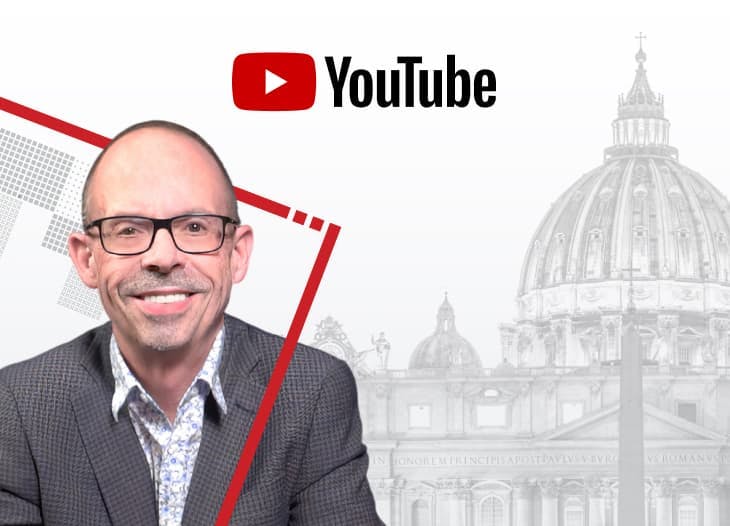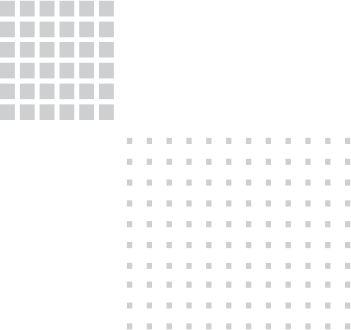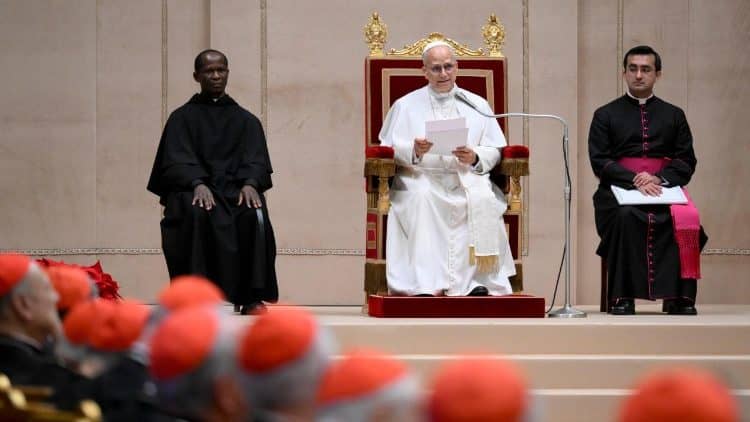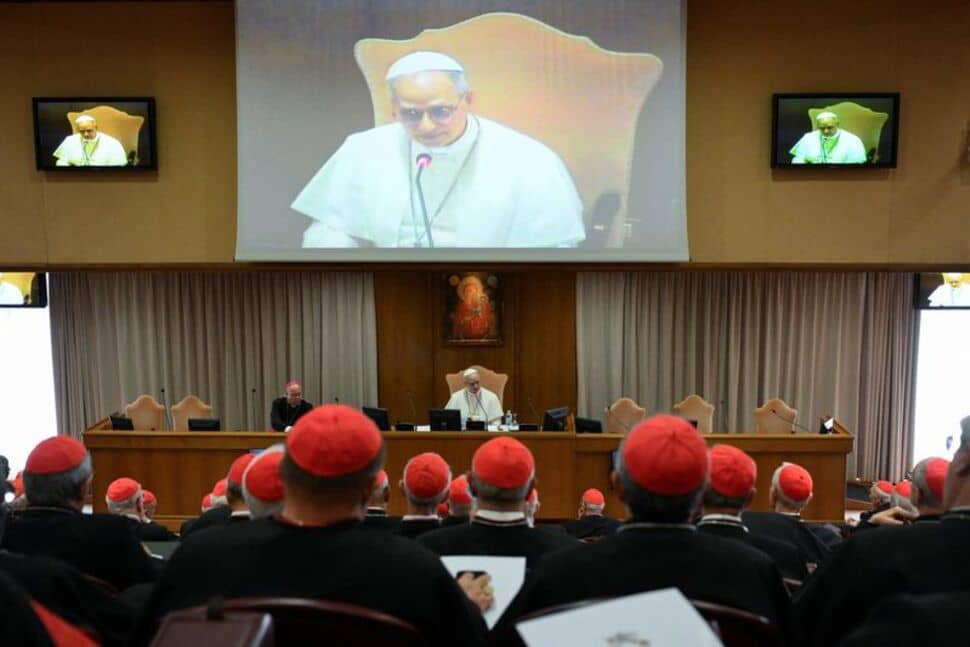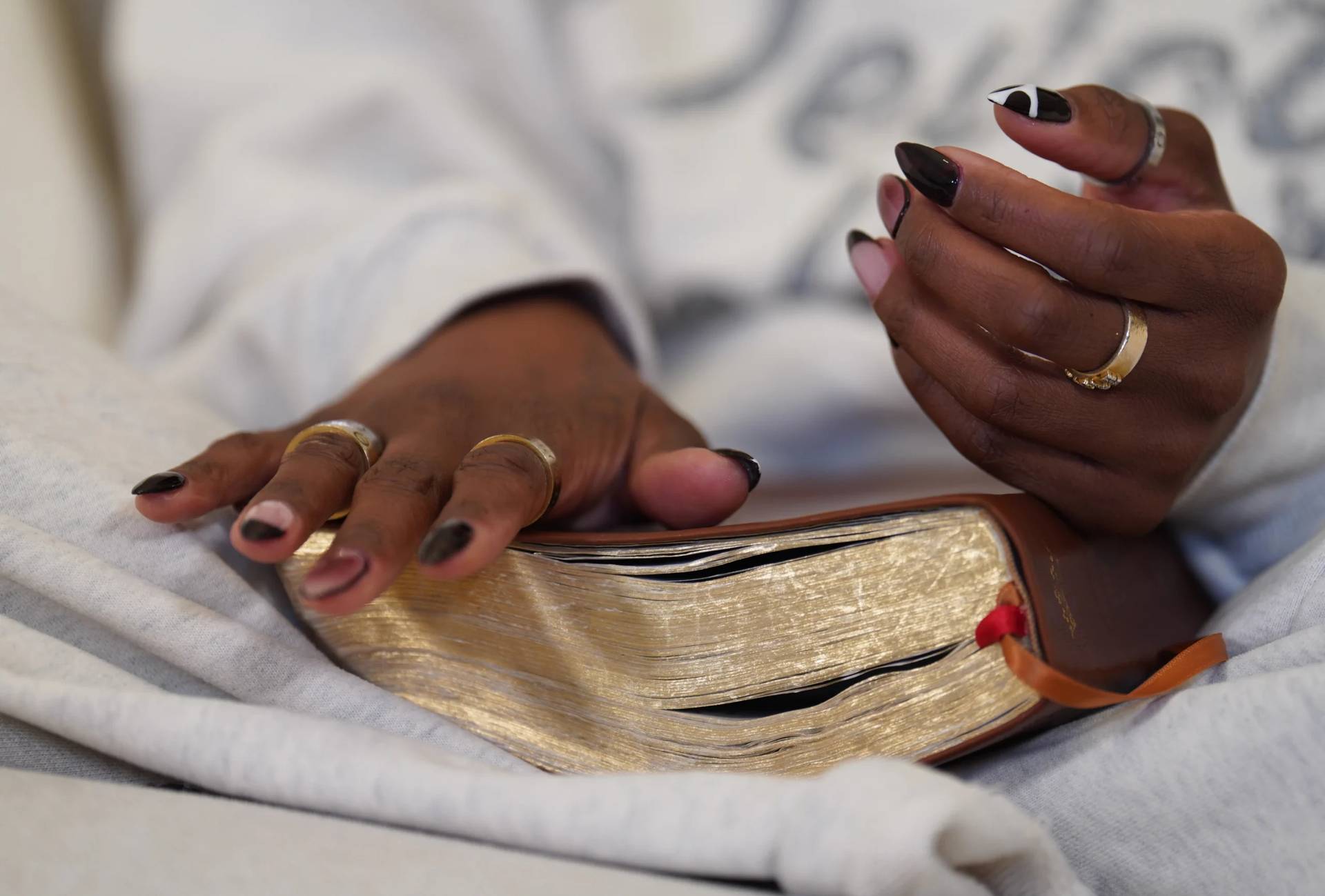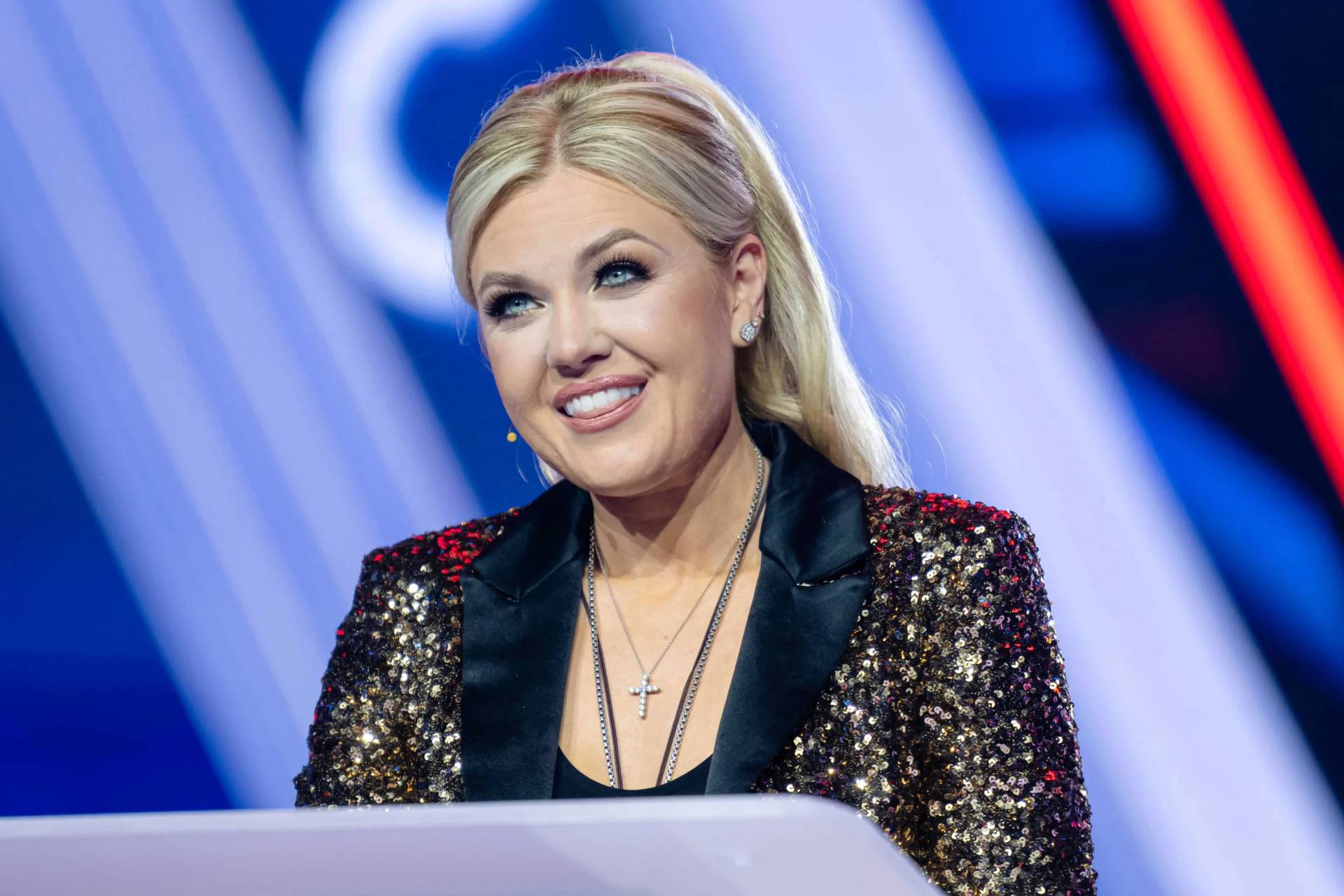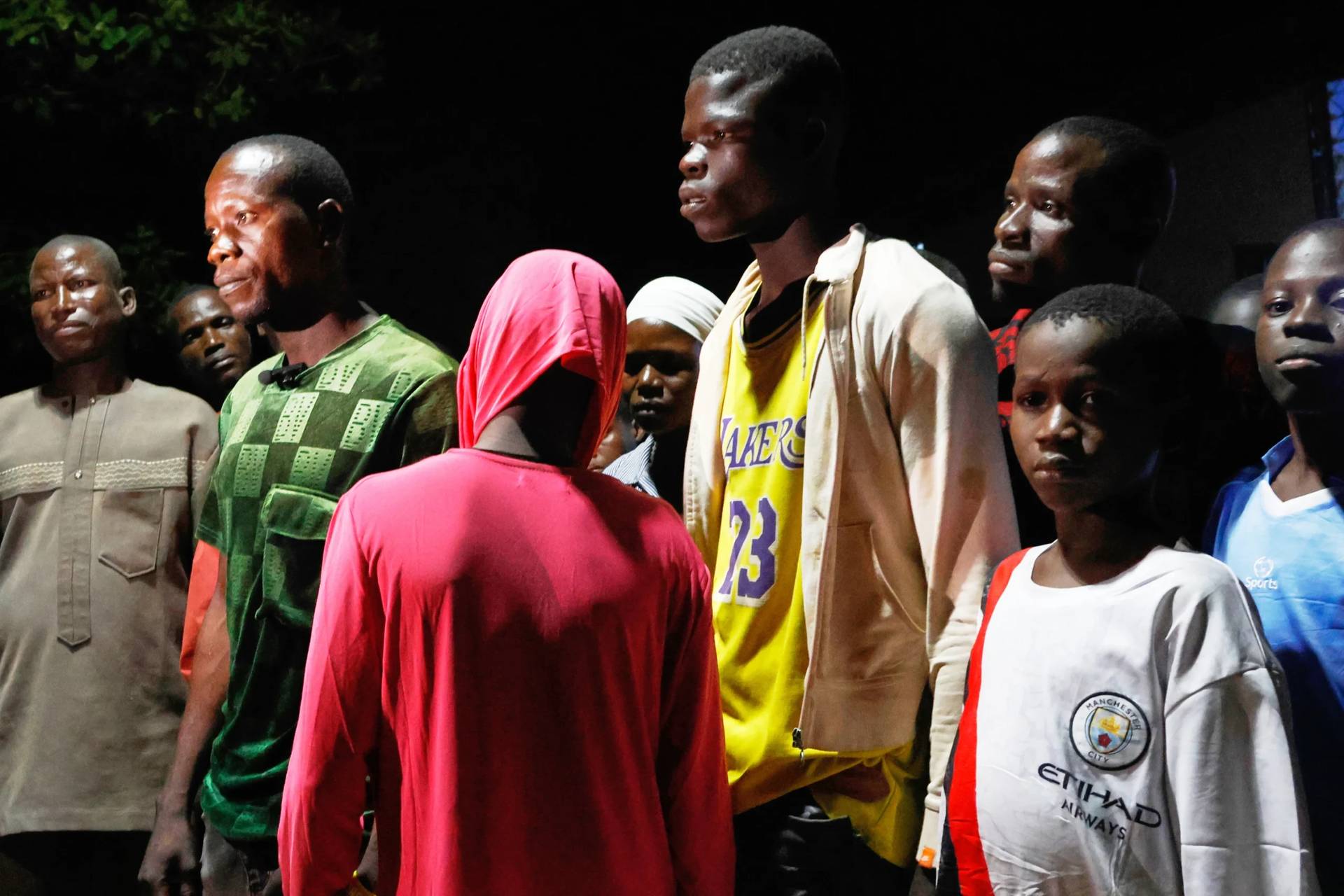Cardinal Timothy Dolan turned 75 on Thursday. Amid celebrations, he also submitted his resignation to Pope Francis, though there’s no telling when – or even whether – Francis will accept it.
All Catholic bishops are required to submit a letter of resignation when they reach 75 years of age, but recently Francis has left senior leaders to serve for several months and even several years in some major sees.
“You have to submit your letter of resignation,” Dolan told The Catholic Channel on New York’s Sirius XM channel this week, “and you don’t know exactly,” how long it will be before a resignation is accepted.
“[U]sually,” Dolan said, “the Holy See would ask you to stay until your successor is appointed, and you don’t know when that will be.”
“[R]ecently it seems to be like between six and eight months,” Dolan also said.
Dolan arrived in New York in 2009, making this his sixteenth year in the leadership of the Church in the Big Apple, which is not only a densely populated and extremely diverse city by every metric, but also the financial capital of the world, an engine of culture, and the world’s biggest media market.
Vatican observers and Church watchers across the spectrum of opinion agree that finding a successor to a long-serving archbishop in a see like New York is never an easy proposition.
New York is one of twenty-two Latin sees in the United States with bishops older than 75. That’s more than one in ten of the dioceses in the country, of which there are 196 total. 177 of those are Latin jurisdictions, thirty-three of which are metropolitan sees led by an archbishop with one or more dioceses called suffragan sees at least nominally under his purview.
Eleven more dioceses will see their bishops turn 75 this year.
Also, eight of the thirty-three archdioceses in the United States are currently led by men past retirement age.
Six dioceses are currently without a bishop.
Of those six, one – Houma-Thibodaux in Louisiana – saw its bishop, Mario Dorsonville, die in office unexpectedly in January of last year, at the age of 63.
Another – Steubenville, Ohio – is in the middle of an uncertain and occasionally contentious merger exploration with the Diocese of Columbus, OH, and saw its bishop, Jeffrey Monforton, moved to an auxiliary position in the Archdiocese of Michigan (currently led, it happens, by 76-year-old Archbishop Allen Vigneron).
Bishop Michael Cote of Norwich, CT, retired in September 2024 and has not been replaced. There was some chatter about a merger of Norwich with the Archdiocese of Hartford – of which Norwich is suffragan – being in the offing. Archbishop Christopher Coyne of Hartford, currently serving as Apostolic Administrator of Norwich, however, told the clergy of Norwich in a meeting last year that the Diocese of Norwich would not be merged into the Archdiocese of Hartford.
The other three vacant dioceses – Austin, TX, Providence, RI, and San Diego, CA, all lost their bishops to metropolitan sees.
Austin’s Bishop Joe Steve Vásquez is now Archbishop of Galveston-Houston, after Pope Francis asked him to succeed Cardinal Daniel DiNardo.
Providence’s Bishop Richard Henning is now Archbishop of Boston, after Francis asked him to succeed Cardinal Seán Patrick O’Malley OFM Cap – and Henning had only been in Providence for a little over a year when he got the call.
San Diego has been vacant since Pope Francis named its bishop, Cardinal Robert McElroy, to succeed Cardinal Wilton Gregory in the US capital see of Washington, DC, earlier this year.
So, there has been a good bit of shuffling on the US episcopal board, and every indication is there is more to come. When dioceses will be filled – and by whom – is one of the great guessing games and time-wasting exercises of professional and amateur Church watchers, and there is plenty to watch these days.

